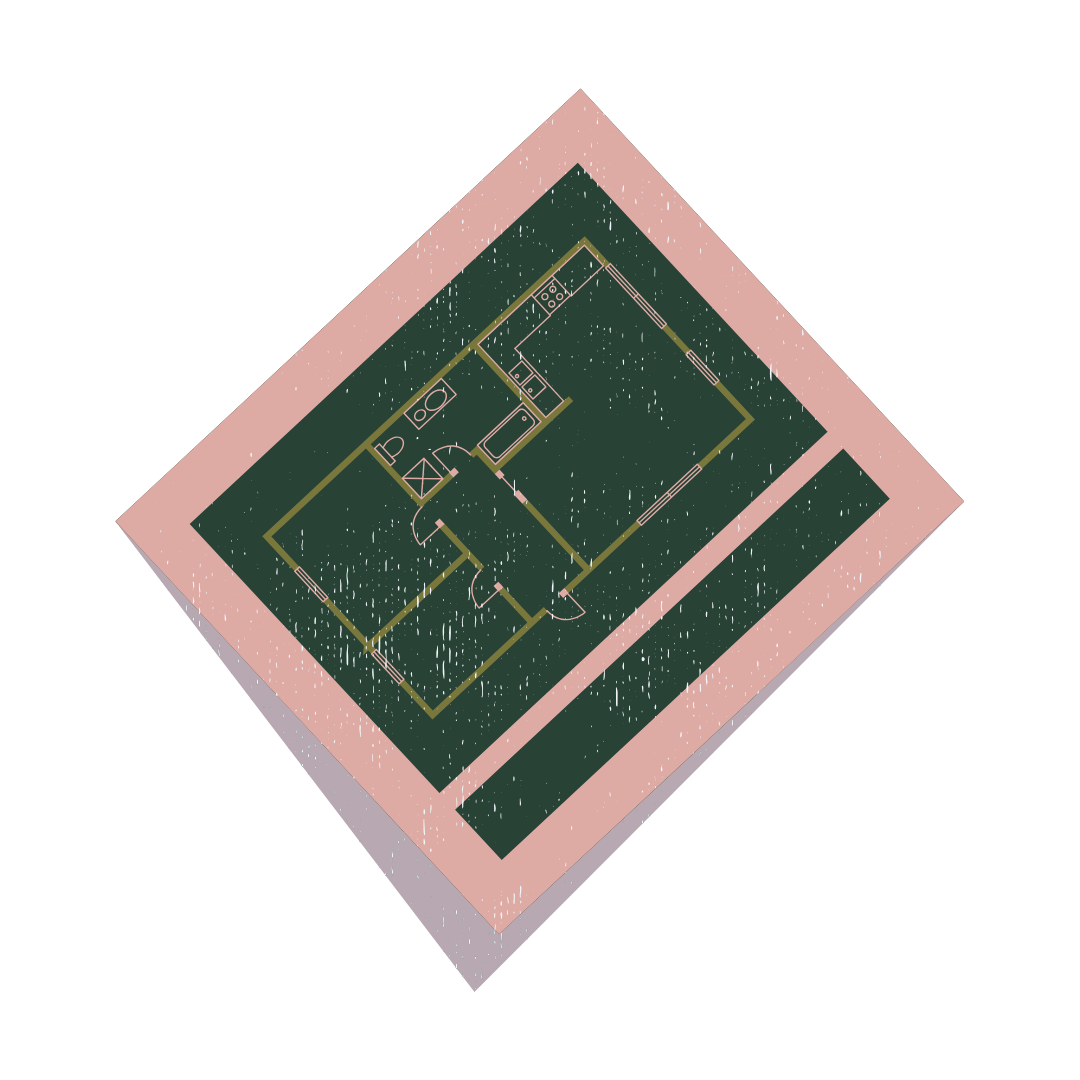Cut the Tape Recommendations #52, #78, #84, #85, #86, and #104.
Author: Bradley Peltin
Role/Organization: Assistant Corporation Counsel, Real Estate & Land Use Division, Department of Law.
Why We’re Sharing This
As we approach the one-year mark of the Cut the Tape initiative, we want to share the progress we’ve made in streamlining the City’s housing and development processes. Many of the recommendations set forth have been implemented or are well underway, thanks to the dedication of City staff and community partners. This blog series will highlight the work behind each recommendation, celebrating successes, sharing challenges, and acknowledging the collective effort to expand affordable housing and strengthen commercial corridors throughout Chicago.
What We’ve Achieved So Far
A year into Cut the Tape, we’ve made major strides in modernizing the Zoning Board of Appeals (ZBA), cutting red tape to make Chicago’s development process faster, fairer, and more transparent. The ZBA plays a critical role in shaping the city’s built environment by reviewing zoning variations, special use applications, and appeals. With these reforms, we’re making it easier for applicants, city staff, and the public to navigate the system.
Key Improvements
1. Faster, More Efficient Hearings
When I joined the City two and a half years ago, it was clear that the ZBA hearing process needed a major overhaul. The Board regularly heard 50 – 60 cases per meeting, often stretching sessions from 9 AM to past midnight, with some concluding as late as 2 AM. Now, streamlined procedures have cut hearing times dramatically: uncontested cases take 2–5 minutes, while complex cases wrap up in under an hour. We eliminated redundant oral presentations—just like in court, where arguments are submitted in advance, allowing hearings to focus on key discussions.
Early in this process, we asked ourselves, What’s the true purpose of a hearing? The answer: to allow meaningful discussion, not to force applicants to repeat written statements. That realization led us to restructure hearings, removing unnecessary steps while preserving fairness.
2. Simplified Application Process
Previously, ZBA applications were overwhelming and inconsistent, leading to delays. We overhauled forms to be user-friendly, reducing submission steps and allowing electronic signatures via DocuSign. Key changes include:
- A Public Hearing Packet that consolidates all materials for easy review.
- Checkbox prompts to guide applicants through key requirements.
- Removal of notarization in favor of a simple legal certification.
When we redesigned the application, we asked ourselves, If someone was filling this out for the first time, what would confuse them? By focusing on the user experience, we eliminated jargon and made the process more intuitive.
3. Greater Transparency and Predictability
In the past, the public had little access to applications before hearings, and objections often surfaced at the last minute. Now, applications are posted online two weeks in advance, and interested parties must submit objections at least 72 hours before hearings. The revamped ZBA website further enhances transparency with:
- Monthly agendas and applications, interested party submissions, special use recommendation letters, and continuance notices.
- Applicant guidance and public participation guidelines.
- A database of ZBA resolutions dating back to 1982.
Feedback on the increased transparency and predictability has been overwhelmingly positive from ZBA commissioners, attorneys, and the public alike.
Lessons Learned
These reforms didn’t require additional City funding—if anything, they saved money by cutting overtime costs and inefficiencies. The key takeaway? Many bureaucratic bottlenecks can be resolved with better processes, not just more resources. Change requires asking, Why do we do things this way? And, Is there a better approach?
One of the most rewarding aspects of this work has been seeing how small, thoughtful changes can have an outsized impact. By listening to staff, applicants, and the public, we identified pain points that had been accepted as inevitable for too long—and we fixed them.
What’s Next?
With initial reforms in place, we’re gathering feedback for refinements. Our six-month review in May will identify further improvements, particularly in application forms and procedural rules. As the City upgrades its tech infrastructure, we see even greater potential to digitize and streamline processes.
Many thanks to the hardworking team that spent over a year planning and implementing these reforms, including Assistant Corporation Counsel Ranj Mohip, Victor Resa, Janine Klich-Jensen, Jeanette Velazquez, Jo Sweña, Assistant Commissioner Nancy Radzevich, and Zoning Administrator Patrick Murphey. Additionally, thanks to Deputy Corporation Counsel, Lisa Misher, the Director of Process Improvement for the Mayor’s Office, Abby Sullivan, and the current and former ZBA Commissioners, whose full support was vital to the success of this project.
👉Visit the revamped ZBA website today and explore the resources available!
Join the Conversation
Your voice is essential in shaping the future of housing and development in Chicago. Policymakers need to hear from those directly impacted by these changes—whether you’re a developer, advocate, or resident navigating these processes. How has this work affected you? What challenges still need to be addressed? Your insights can help drive continued reform and ensure these efforts lead to lasting, meaningful improvements. Stay informed and help us keep the momentum going.
- City Council Meeting Calendar to learn about all upcoming City Council meetings.
- Sign up for our newsletter and alerts to stay up to date on key votes, upcoming meetings, and opportunities to engage with decision-makers.

